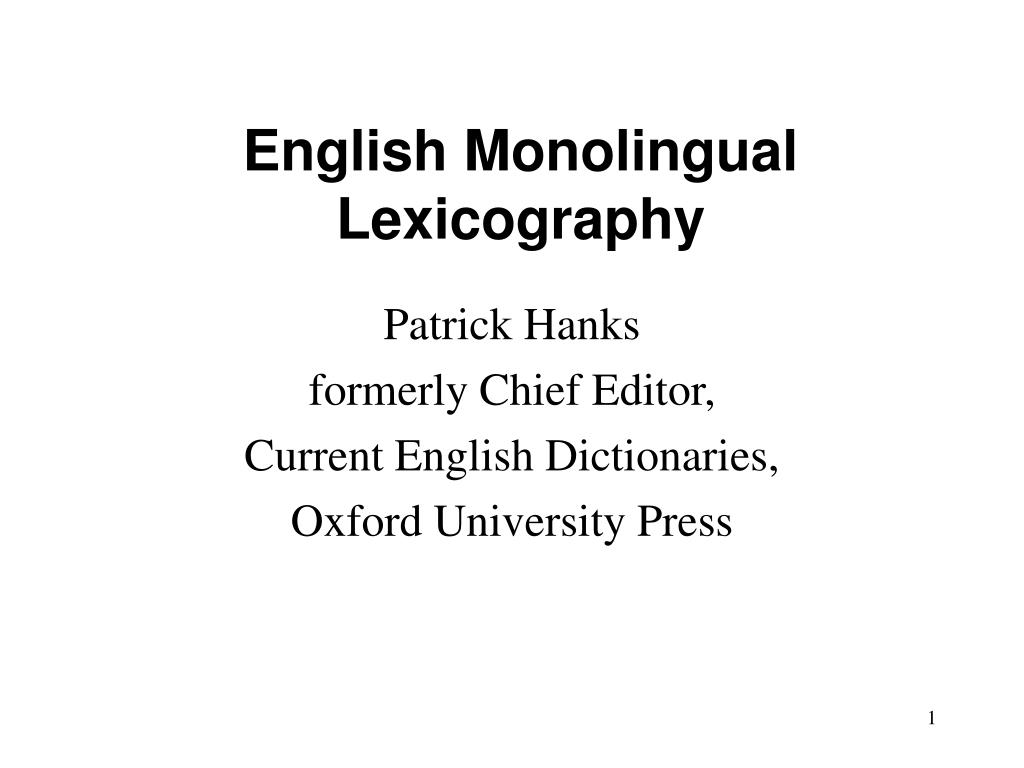
Only after the translation, editing and proofreading processes have been completed, and the customer has had chance to review the work, can the translated content be deemed to be a true and accurate rendition of the source document. It may at times be necessary for the translator and reviewer to exchange ideas, in which case the project manager simply facilitates this process.

#Monolingual editing full
With the skill of at least two linguists, not one, you can be confident that they will achieve something that no machine could ever accomplish: a quality-focused, accurate and clear translation in which you can have full confidence.Īt Business Language Services, we pride ourselves on the fact that we only ever rely on human translation, and the same process applies with our editing and proofreading services. The services we provide at BLSĪt Business Language Services, editing and proofreading are essential components of the whole translation process.

It’s right to be proud of what you do, so make sure that your company literature doesn’t let you down. Errors in translation can be commercially costly, cause disastrous misunderstandings, delays and much worse – lawsuits! A simple mistake may have huge implications, which could easily be avoided by these additional steps.

Only by carrying out thorough editing and proofreading processes can you be sure that your final translation meets the standards you require. This stage normally occurs at the end of the writing process as a final step. – Proofreading typically focuses on correcting errors in spelling, grammar, syntax, punctuation and formatting. This will normally involve reviewing the overall structure, style, clarity, readability and style. – Editing mainly focuses on making changes so that a document is structured better, easier to read and more suitable for the target audience. The terms ‘proofreading’ and ‘editing’ are sometimes used interchangeably, but there are in fact important differences between them, as follows:
#Monolingual editing professional
Our study shows that monolingual translators were able to translate 35 % of Arabic and 28 % of Chinese sentences, under a strict standard of correct-ness that scored professional bilingual translations as 61 % and 66 % correct for Arabic and Chinese, re-spectively.Editing or proofreading – is there a difference? But are todays systems good enough to enable monolingual speak-ers of the target language without knowledge of the source language to generate correct translations? And what type of assistance from machine transla-tion is most helpful for such translators? We carried out a study that involved monolin-gual translators who had no knowledge of Chinese and Arabic to translate documents from the NIST 20081 test sets, being assisted by statistical machine translation systems trained on data created under the GALE2 research program.

While machine translation systems have advanced greatly over the last decade, nobody seriously ex-pects human-level performance any time soon, ex-cept for very constraint settings. On Arabic-English and Chinese-English, using standard test data and current statistical machine translation sys-tems, 10 monolingual translators were able to translate 35 % of Arabic and 28 % of Chinese sentences correctly on average, with some of the participants coming close to professional bilingual performance on some of the docu-ments. We carried out a study on monolingual trans-lators with no knowledge of the source lan-guage, but aided by post-editing and the dis-play of translation options.


 0 kommentar(er)
0 kommentar(er)
